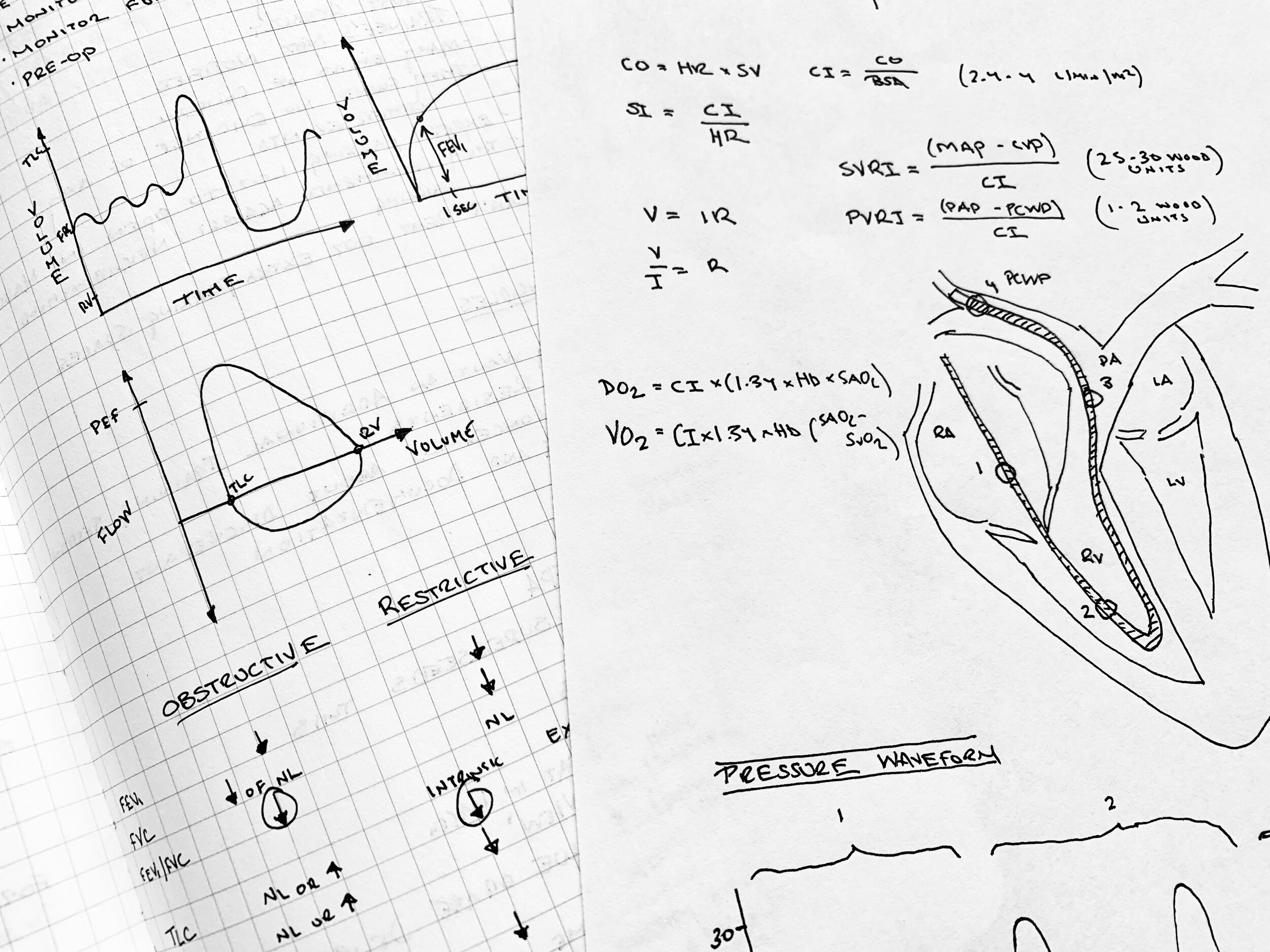
Critical care education one page at a time. Simple, free, & open source.
Nick Mark’s OnePager guides to critical care topics.
Capnography Explained
#criticalCare #ICUEquipment #ventilation #waveforms #monitors
Measuring exhaled carbon dioxide (End Tidal CO2, ETCO2) is an important ICU technology that can used to confirm ETT placement, to ensure safer procedural sedation, to guide ACLS/resuscitation, and to monitor cardiac and pulmonary physiology in realtime. This ICU OnePager describes the physiology, equipment, waveforms you will see with ETCO2 monitoring.
Current version 1.1 (originally posted 2020-11-15; updated 2020-11-18).
Also available in 🇪🇸🇦🇷 Spanish (PDF, PNG, PPT), 🇷🇴 Romanian (PDF, PNG, PPT) & 🇫🇷 French (PDF, PNG, PPT)
-
Multicenter study of a portable, hand-size, colorimetric end-tidal carbon dioxide detection device, Ann Emerg Med 1992
End-Tidal Carbon Dioxide and Outcome of Out-of-Hospital Cardiac Arrest, NEJM 1997
End-Tidal and Arterial Carbon Dioxide Measurements Correlate Across All Levels of Physiologic Dead Space, Respiratory Care 2010
Does end tidal CO2 monitoring during emergency department procedural sedation and analgesia with propofol decrease the incidence of hypoxic events? A randomized, controlled trial, Ann Emerg Med 2010
Can the value of end tidal CO2 prognosticate ROSC in patients coming into emergency department with an out-of-hospital cardiac arrest? Emergency Medicine Journal 2017
The use of end-tidal carbon dioxide (ETCO 2) measurement to guide management of cardiac arrest: A systematic review, Resuscitation 2018
-
-
-
Current version 1.1
originally posted 2020-11-15
updated 2020-11-18
-
Capnography.com (this is by far the best resource for all things capnographic!)


